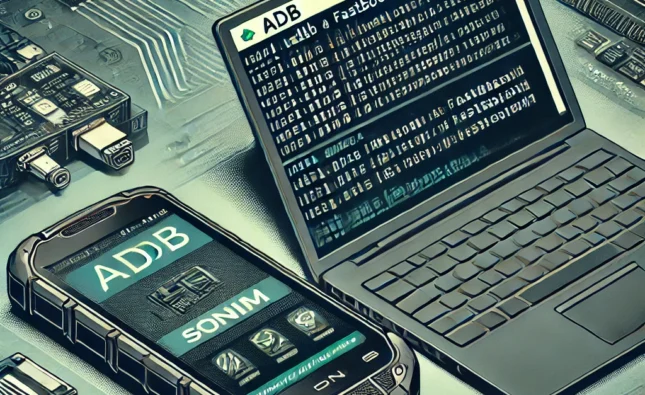
Introduction to Mastering the Four Digits
Four-digit codes are everywhere. From unlocking your smartphone to accessing your bank account, these simple numerical combinations form the backbone of modern security systems. Mastering the use of these codes ensures that your data remains safe and secure while being easy to recall when needed.
Four digits may seem simple at first glance, but their importance in security, technology, and daily life can’t be overstated. Whether it’s a security PIN, an access code, or a password, mastering the four-digit combination can improve security and efficiency.
The Concept Behind the Four Digits
Four digits aren’t just random numbers—they are the perfect balance between simplicity and complexity. A four-digit code is long enough to provide robust security but short enough for most people to remember easily. The significance lies in its efficiency in balancing these two aspects.
From a security perspective, four-digit combinations create 10,000 unique possibilities (0000 to 9999), making it a substantial deterrent for those attempting to guess a code manually. Yet, when compared to longer passwords, it remains much more manageable for the average user to input and recall.
Real-World Applications of Four-Digit Codes
Security Systems
Many modern security systems use four-digit combinations as a quick yet effective way to limit access to sensitive areas. Keypads for home security systems, safes, and even office entry points often rely on a four-digit input to grant access.
PINs and Passwords
Personal Identification Numbers (PINs) have become a common four-digit requirement in banking systems and other secure platforms. They offer a fast and convenient method for user verification and access to personal information.
Access Codes
Four-digit access codes are also commonly used for digital locks, ensuring ease of use and sufficient security for everyday scenarios such as unlocking doors or managing guest entry systems.
The Psychology of Remembering Four-Digit Codes
Remembering a four-digit code is much easier than longer combinations. This is due to the brain’s ability to chunk information. When we process a series of numbers, particularly in groups of four, our short-term memory can more efficiently retain and recall them.
Memory Techniques and Tips
One common technique is associating the numbers with something meaningful. For instance, many people use birth years, anniversaries, or other significant dates as their codes. However, this can also make codes easier to guess, which is why it’s important to use less predictable combinations.
Number Association
Associating numbers with objects, letters, or events can also aid in memory. Creating a story around your code, using mnemonic devices, or associating each number with a familiar event can make it easier to recall.
Breaking Down the Four-Digit Format
Understanding the structure of a four-digit code allows you to create combinations that are both secure and memorable. A four-digit number offers a variety of pattern possibilities, from sequential numbers to repeated digits.
Creating a Strong Four-Digit Code
When creating a four-digit code, it’s essential to avoid predictable patterns. Many people use “1234” or “0000,” which are some of the most easily guessed codes. Instead, mixing random numbers or using a system that isn’t based on personal information is a better option.
Best Practices for Security
- Avoid using birth years, anniversaries, or common patterns.
- Change your code regularly, especially if it’s tied to important security features.
- Use codes that don’t appear in public databases or online breach lists.
Common Mistakes When Using Four-Digit Codes
Avoiding Predictable Patterns
As mentioned, predictable codes like “1111” or “9999” are often the first combinations hackers try. While these numbers may be easy to remember, they offer little to no security.
The Role of Four-Digit Codes in Technology
From ATMs to smartphones, four-digit codes have become ubiquitous in technology. Their simplicity and ease of use make them the ideal choice for PINs and security measures on devices that require quick access.
Four-Digit Code Security
How Secure Are Four Digits?
In terms of manual guessing, four-digit codes can hold their own against basic attacks. However, automated brute force attacks can significantly reduce the security of a four-digit code if no additional safeguards, like timeouts or lockouts, are in place.
Methods of Strengthening Four-Digit Security
To make a four-digit code more secure:
- Incorporate additional authentication steps, such as two-factor authentication.
- Use software that locks after multiple failed attempts.
- Set a maximum number of retries before requiring additional verification.
The Mathematics of Four-Digit Combinations
A four-digit code allows for 10,000 unique combinations, from “0000” to “9999.” While this may seem like a small number compared to longer passwords, it remains a strong deterrent against random guessing attacks due to the sheer volume of possibilities.
Why Are Four Digits the Standard?
Historically, four digits have been used as a security measure due to the balance they strike between complexity and ease of use. While fewer digits might be too easy to guess, more digits would take longer to input and remember, making four digits the sweet spot for most applications.
How to Recover a Lost Four-Digit Code
If you forget a four-digit code, the first step is to see if you’ve stored it somewhere safe, such as in a password manager. Many systems also allow you to reset the code by verifying your identity through another method, such as a backup email or security question.
The Future of Four-Digit Codes
As technology advances, the role of four-digit codes might evolve, but they are unlikely to disappear entirely. Biometric systems and multi-factor authentication are becoming more common, yet four-digit PINs will likely remain a staple for their convenience and familiarity.
Frequently Asked Questions About Four-Digit Codes
1. Are four-digit codes still secure?
Yes, but adding extra layers of security, such as timeouts or two-factor authentication, can help.
2. How can I create a strong four-digit code?
Avoid patterns like “1234” or birthdays, and use random numbers to ensure better security.
3. Can four-digit codes be hacked easily?
While not easily hacked manually, automated systems can guess four-digit codes quickly without added security measures.
4. How many combinations exist in a four-digit code?
There are 10,000 unique combinations for a four-digit code.
5. What should I do if I forget my four-digit code?
Many systems offer reset options through alternative verification methods, like email.
6. Why are four-digit codes so popular?
They offer the right balance between ease of use and sufficient security for many applications.













